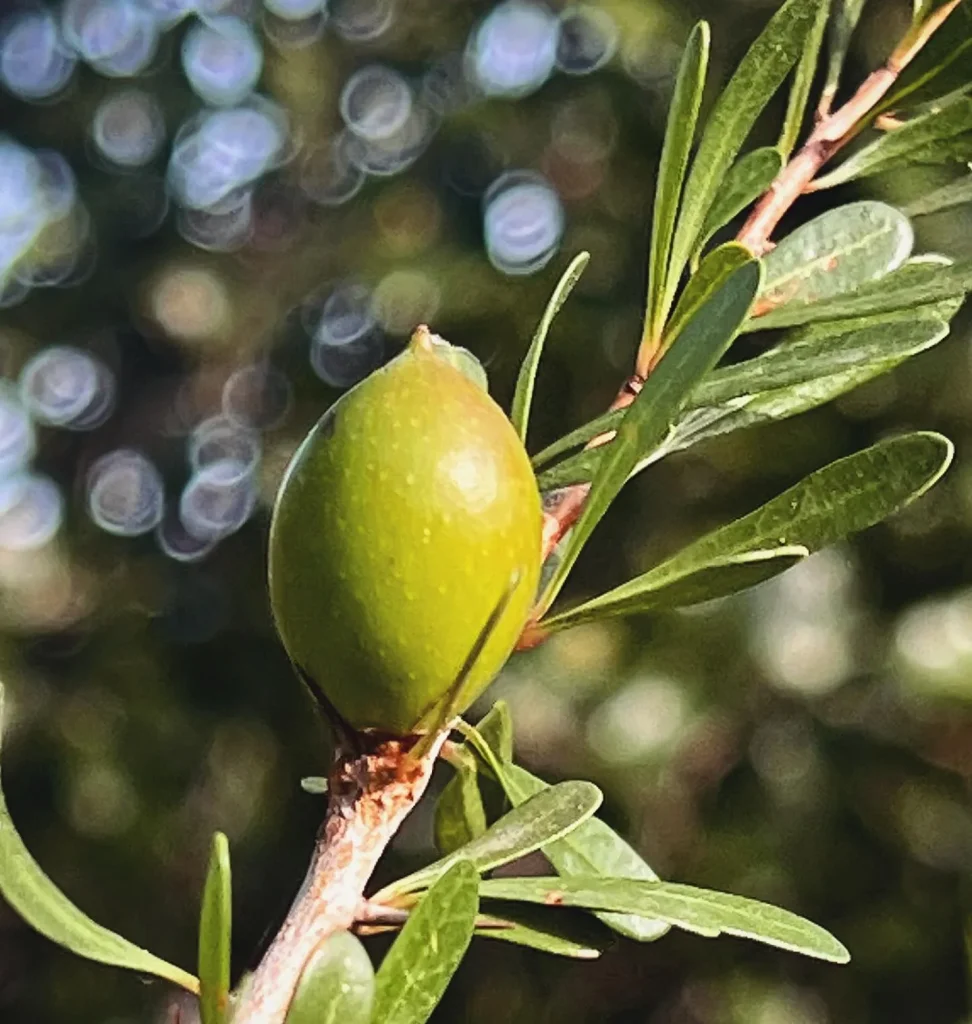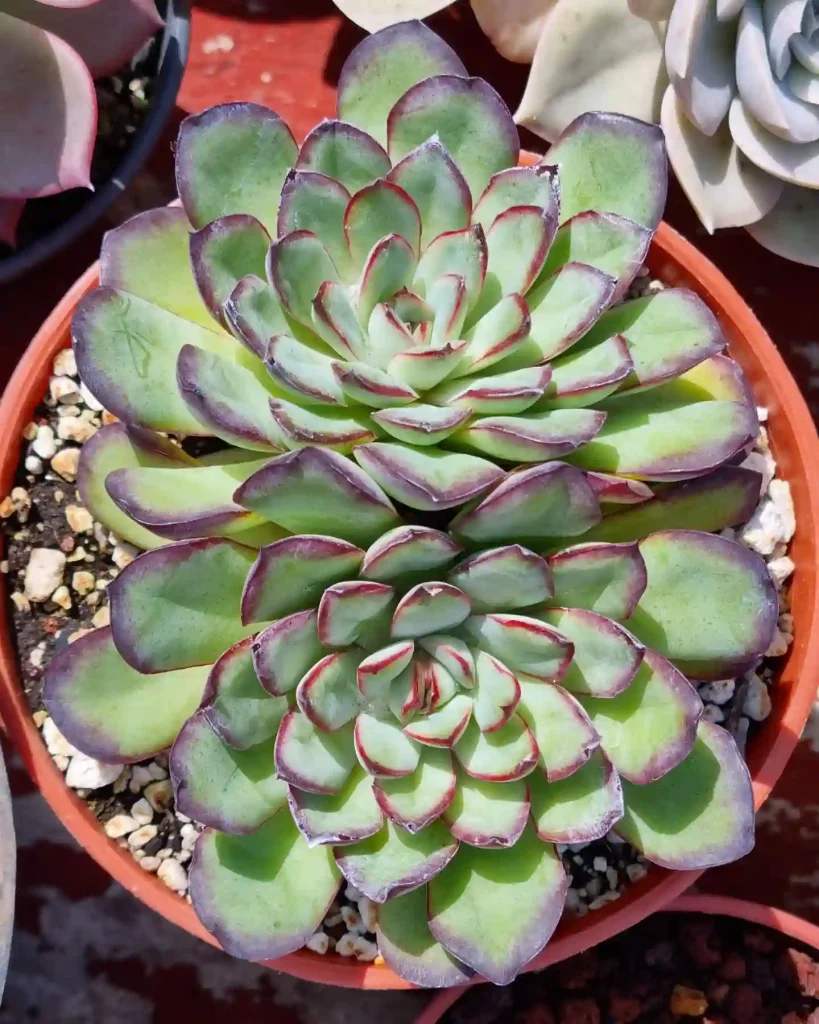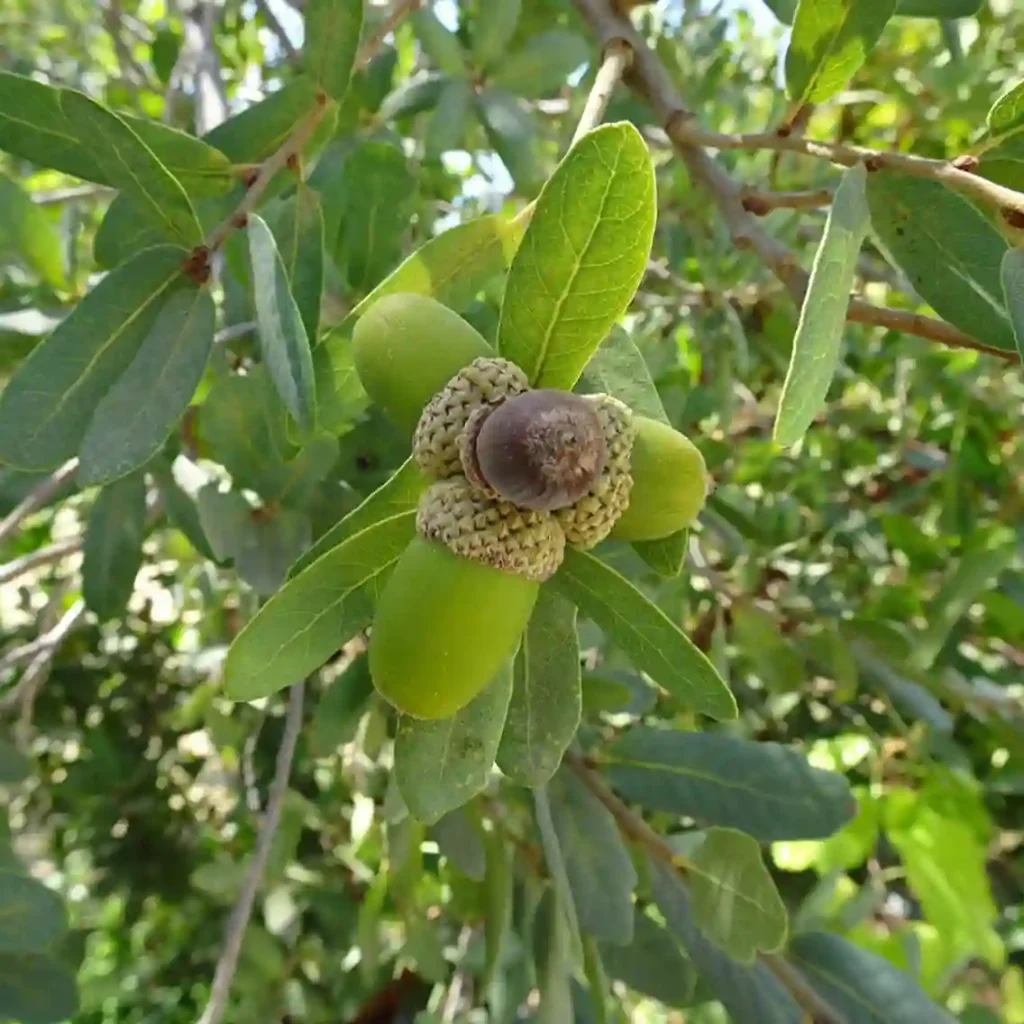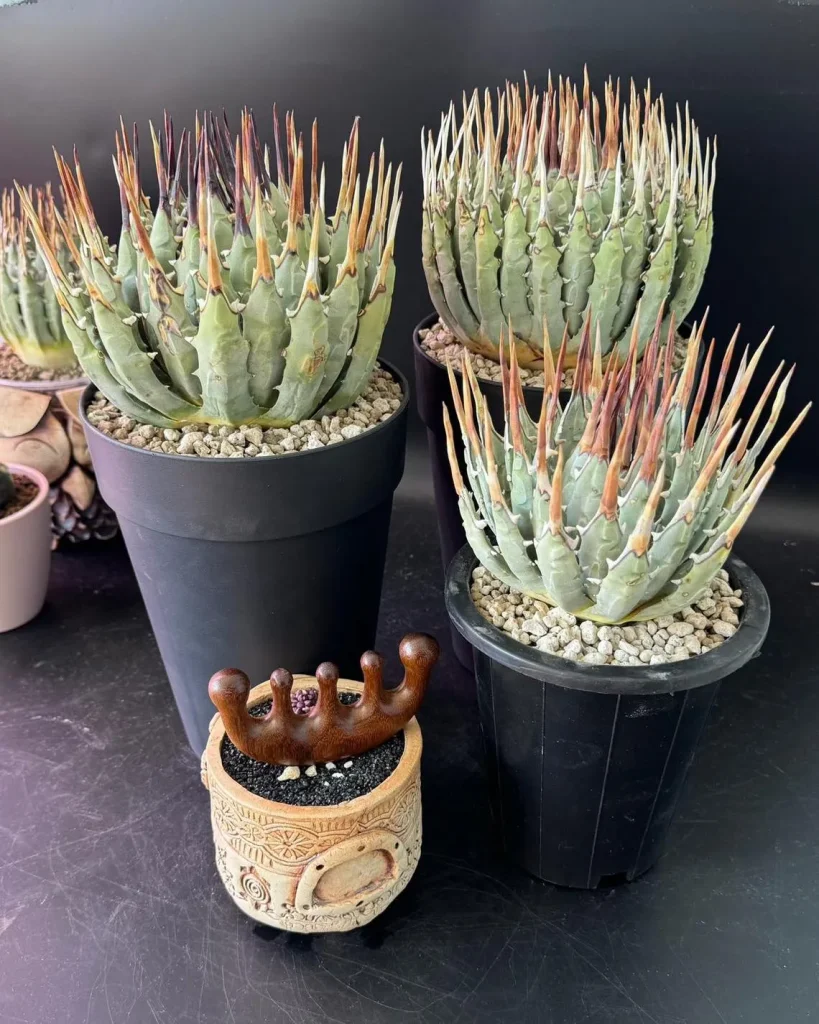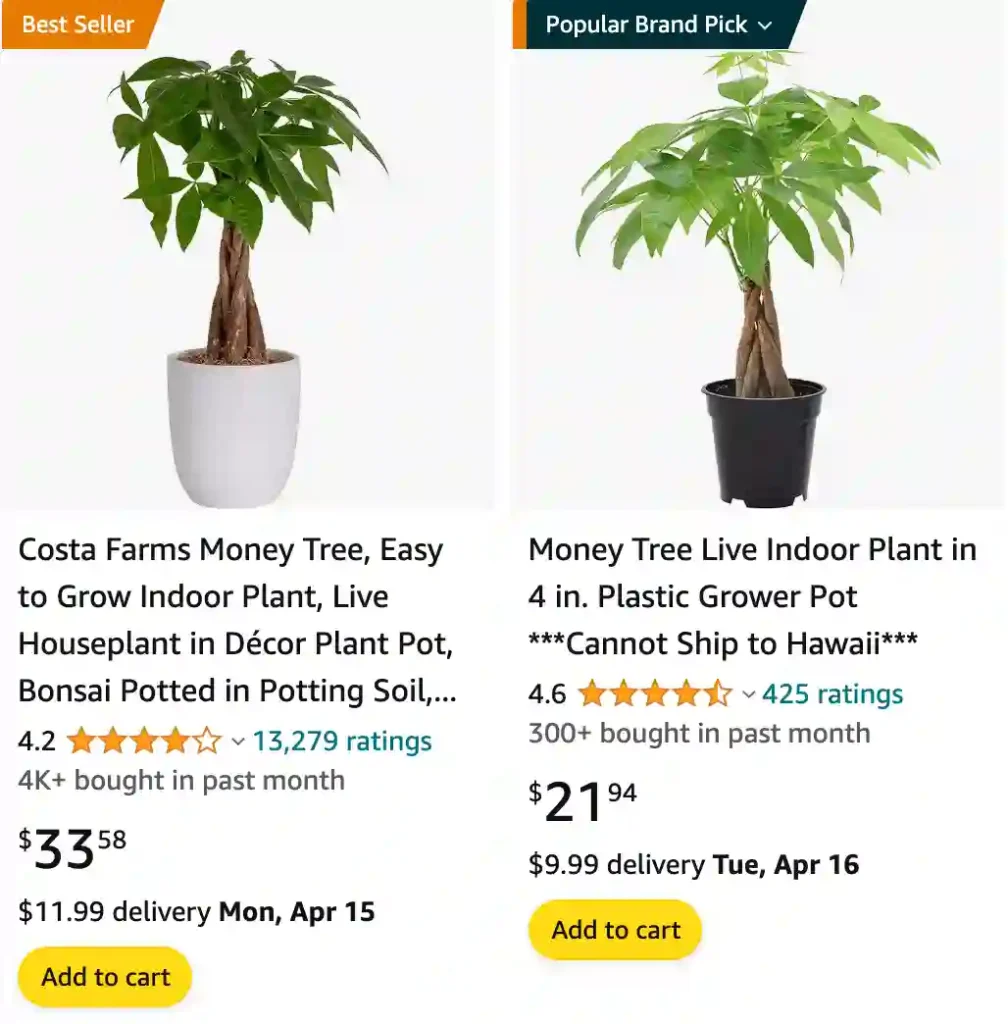
My Journey with the Money Tree
The Money Tree, scientifically known as Pachira Aquatica, has been a captivating part of my indoor plant collection for years. This tropical beauty, native to Central and South America, is more than just an ornamental addition; it carries a unique blend of charm, symbolism, and practicality that makes it an unforgettable companion.
54 Species in Genus Pachira
First Impressions and Symbolism
I first stumbled upon the Money Tree at a local nursery. Its braided trunk caught my eye—a feature that’s often symbolic of good fortune and financial prosperity in many cultures, especially in Feng Shui. This symbolism resonates deeply with me. I appreciate how plants can represent intentions and aspirations, and the Money Tree seemed like a perfect fit for my home.
Bringing it home felt almost ceremonial. I placed it near a bright, indirect light source in my living room, a spot where it could thrive while symbolically enhancing the positive energy of the space. The idea of it being a “luck-bringer” wasn’t my sole reason for buying it, but it certainly added to its appeal.
Care and Maintenance: Simplicity at Its Best
One of the reasons I’ve grown so attached to my Money Tree is its forgiving nature. As someone who has juggled a busy schedule, finding a plant that thrives with minimal fuss is a win.
The Money Tree requires bright, indirect light, though it can adapt to lower light conditions. I water mine thoroughly, letting the soil dry out slightly between waterings. Overwatering can be a concern, as it’s prone to root rot. To avoid this, I ensure it’s in a pot with good drainage and use well-aerated potting soil.
Temperature and humidity play a crucial role in its health. Since Pachira Aquatica is a tropical plant, it thrives in warm, humid conditions. I keep it in a room with temperatures ranging from 65°F to 75°F and occasionally mist its leaves to maintain adequate humidity. During winter, when indoor heating dries the air, I use a pebble tray to give it extra moisture.
Fertilizing is straightforward. A balanced liquid fertilizer applied monthly during the growing season (spring to early fall) keeps the foliage lush and vibrant. I cut back during winter to let the plant rest.
The Aesthetic Appeal
The Money Tree is not just easy to care for—it’s also stunning. Its glossy, hand-shaped leaves fan out gracefully, adding a touch of the tropics to any room. The braided trunk gives it a sculptural quality that elevates it from just another houseplant to a decorative statement piece.
Over time, I’ve noticed how versatile it is in design settings. Whether placed in a minimalist office or a cozy bohemian living room, it effortlessly blends in while still catching the eye. For me, its presence transforms a space, making it feel alive and inviting.
Challenges and Overcoming Them
Like any plant, the Money Tree has its quirks. In the beginning, I noticed a few yellowing leaves. After some research, I realized I had been inconsistent with watering. This plant doesn’t like extremes—it thrives when given consistent care.
Pests like spider mites and mealybugs can also be occasional nuisances. A quick wipe with a damp cloth and neem oil spray usually resolves the issue. Regular inspections have become part of my routine to keep it healthy and pest-free.
The Money Tree’s Broader Impact
Beyond its aesthetic and symbolic value, the Money Tree has had a surprising emotional impact on me. It’s a constant reminder of patience and growth. Watching it flourish has become a meditative experience, teaching me the value of consistency and care—not just in gardening, but in life.
Moreover, it’s a wonderful conversation starter. Friends and family often comment on its beauty and ask about its care. Sharing tips and stories about it has deepened my connections with fellow plant enthusiasts.
FAQs
Are money trees toxic to cats?
Absolutely love my money tree! It sits right by the window in my living room, and the braided trunk with those lush green leaves brings a touch of zen to my space. Now, about kitty safety, I wasn’t too worried when I got it because I’d read money trees are cat-friendly. But sure enough, the first week, Luna, my mischievous cat, tried taking a nibble. Luckily, no harm done! She just gave it a sniff and wandered off. Maybe it wasn’t her cup of tea (or leaf?). Either way, it seems like my money tree and Luna can coexist peacefully.
How to repot a money tree?
I recently repotted my money tree because it was getting a bit crowded in its old home. The whole experience was surprisingly easy! First, I got a slightly larger pot and filled the bottom with fresh, well-draining soil. Next, the trickiest part: gently loosening the roots in that tightly braided trunk. It definitely needed the upgrade! Finally, I placed it in the new pot, added more soil on top, gave it a good watering, and voila! Now it sits happily on my shelf as if nothing ever happened. My money tree seems much happier with the extra room to stretch its roots.
Why is my money tree dying?
Oh no, I hate seeing my plants struggle! There was a time my money tree was really having a rough patch. The leaves were turning yellow and falling off, and I was starting to panic. Turns out, I was overwatering it! Roots need to breathe too, and with all that excess moisture they were suffocating. I adjusted my watering schedule, letting the soil dry out a bit more between drinks. It still took some time, but eventually the plant perked up. Now I always check for dry soil before watering, and my money tree seems to appreciate the change.
How to revive a money tree?
I once managed to revive a seriously sad-looking money tree! A friend was moving and couldn’t take it with her, so she passed it on to me. The leaves were droopy, some were yellowing, and the soil was completely dry. My first step was a good soak, followed by repotting with fresh soil. After that, I found a bright spot for it (but with no harsh direct sunlight). Then, it was mainly a waiting game. I watered it carefully – just enough to keep the soil moist but not soggy – and before long, new leaves started to sprout. It took patience, but seeing those tiny leaves was so rewarding!
Why are my money tree leaves turning yellow?
Ugh, those yellowing leaves on my money tree are such a worry! It definitely stresses me out a bit. I’m trying to figure out what’s wrong. Maybe I’ve been a little neglectful with watering lately. Or perhaps it’s gotten too much sun since I moved it to a different spot in the living room. There’s also a chance it might need some fertilizer to perk up again. I’ll do some checking and adjust its care routine to hopefully see some improvement!
How to propogate money tree?
Propagating my money tree was so much fun! It’s like getting an extra plant for free. I started by carefully choosing a healthy stem to snip off, then trimmed off a few of the lower leaves. I popped the stem into a little jar of water and put it in a bright spot where it wouldn’t get direct sunlight. I was fascinated watching those tiny roots slowly sprout out. After a few weeks, when the roots looked strong enough, I potted it up. Now I have a baby money tree that’s thriving right next to its parent plant!
Is money tree toxic to dogs?
I always worry about plant safety when my playful pup, Buddy, is around. Luckily, I did a bit of research when I brought my money tree home, and it looks like they’re considered dog-friendly. Of course, I still try to keep my plant out of his reach. Dogs can be so curious, and even non-toxic plants can cause an upset tummy if nibbled on too much. It’s better to be safe and keep our furry friends away from the foliage!
Why is my money tree drooping?
It’s so frustrating when my money tree starts drooping! It seems like just yesterday it was standing tall and proud. Usually, I find it’s because I haven’t been the best plant parent lately – maybe I’ve forgotten to water it for a bit too long. That soil gets so parched! Sometimes, though, it could be the opposite – I might have been too eager with the watering can, and the roots are getting waterlogged. Thankfully, it usually bounces back once I figure out what’s wrong and adjust its care.
How to braid a money tree plant?
Honestly, I haven’t tried braiding my money tree myself – the thought of messing with those intricate trunks makes me a little nervous! I’ve seen plenty of photos and tutorials, though. Apparently, you need young, flexible stems, and then it’s all about carefully weaving them together, kind of like braiding hair. You then secure the top gently with a tie. It seems like you need to continue braiding the new growth as the plant grows taller to keep the shape. Maybe someday I’ll feel brave enough to actually give it a try!
What do money tree roots look like?
Money tree roots tend to be surprisingly shallow and compact considering how tall the plant can grow. They are also usually a light brown color. During repotting, I noticed how tightly they cluster together near the base of that braided trunk.
It’s a good idea to check root health when repotting. Healthy roots should look firm and light-colored. If they seem mushy or dark, that could be a sign of root rot.
How to water a money tree plant?
Watering my money tree is all about finding the sweet spot. Too much water leads to root rot, and too little leaves my plant looking sad and droopy. I’ve learned to stick my finger in the soil – if the top few inches feel dry, it’s time for a drink. I give it a good soak, making sure the water drains out of the bottom. Then, I let the soil dry out a bit again before the next watering. Seems like my money tree appreciates that balance!
What does a money tree symbolize?
I love the symbolism behind money trees! It’s all about good luck, prosperity, and positive energy flowing into your life. I find it incredibly uplifting, and there’s something about the lush green leaves and braided trunk that gives off such a good vibe. Whether you truly believe in the symbolism or simply enjoy the plant’s beauty, having a money tree in your home can’t hurt, right?
Can a money tree survive outside?
While money trees thrive in a warm and humid environment, I wouldn’t risk keeping mine outside permanently. I live in a place with distinct seasons, and the cold winters would be a major problem. From what I’ve read, they’re best as indoor plants for most climates. However, a shaded patio in the summer might be a nice treat for my money tree, as long as I remember to bring it back inside well before the temperatures start to drop.
Money Tree vs Umbrella Tree
When comparing Money Tree and Umbrella Tree, I’ve found that the Money Tree is more forgiving with my irregular watering habits, while the Umbrella Tree seems to get a bit finicky if I miss a watering or two. The Money Tree’s resilience makes it a low-maintenance favorite for me.
Money Tree vs Ficus
I’ve struggled to keep a Ficus happy in my home, as it seems to be very particular about light and humidity, whereas my Money Tree has thrived with minimal fuss in the same conditions that would stress out a Ficus.
Money Tree vs Jade Plant
Between Money Tree and Jade Plant, the Jade Plant’s succulent leaves handle my dry indoor climate better, but I appreciate how the Money Tree’s broader, lush foliage adds more vibrant green to my space, making it a more visually impactful choice for me.
Money Tree vs Schefflera
My Money Tree has been a more consistent performer than my Schefflera, which has had some ups and downs with leaf drop, while the Money Tree has been reliably sturdy and less prone to those issues.
Final Thoughts
Owning a Money Tree is more than just having a plant; it’s about embracing a piece of nature that inspires positivity and balance. Pachira Aquatica has brought greenery, calm, and a touch of prosperity into my life.
If you’re considering adding one to your collection, I wholeheartedly recommend it. Whether you’re a seasoned plant parent or just starting, the Money Tree offers beauty, ease of care, and a little bit of luck to brighten your space and spirit.
If i die, water my plants!
